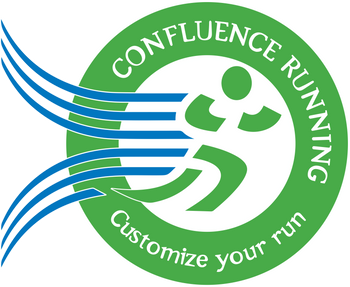Maximizing VO2 Max: Unlocking Aerobic Potential for Peak Performance
Understanding VO2 Max and Its Importance
What is VO2 Max?
VO2 Max, or the maximum oxygen consumption of the body, is a crucial measure of aerobic capacity and a key indicator of overall fitness and athletic performance. It represents the amount of oxygen the body can utilize in one minute per kilogram of body weight.
The Three Components of VO2 Max
Comprised of three main components—oxygen capacity, oxygen transport, and oxygen utilization—VO2 Max is influenced by factors such as genetics, training intensity, and the efficiency of the circulatory and respiratory systems.
Why VO2 Max Matters for Athletes
Athletes with a higher VO2 Max often exhibit superior endurance and faster recovery, making this metric essential for those looking to optimize their physical performance. Whether through high-intensity workouts or specialized training techniques like high-altitude training, individuals can work to enhance their VO2 Max and achieve greater aerobic efficiency.
Strategies to Improve VO2 Max
Targeting the Three Components of VO2 Max
To improve VO2 Max, it’s important to address its three components:
- Oxygen capacity refers to lung function and how much air the lungs can inhale and exhale.
- Oxygen transport focuses on the efficiency of the circulatory system in delivering oxygen to muscles.
- Oxygen utilization measures how effectively muscles extract and use oxygen during activity.
Training Methods to Enhance VO2 Max
Specific training methods, including interval workouts and high-altitude training, can significantly enhance these components, improving overall performance.
Maintaining VO2 Max Over Time
Since VO2 Max tends to decline with age, consistent training is essential for maintaining aerobic capacity over time. By incorporating targeted VO2 Max workouts into their fitness routines, individuals can elevate endurance, boost recovery, and maximize their physical potential.












